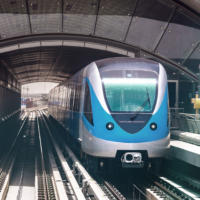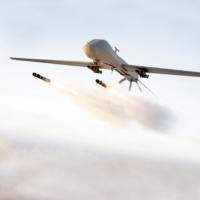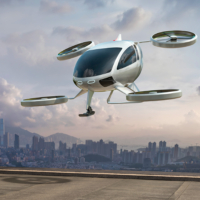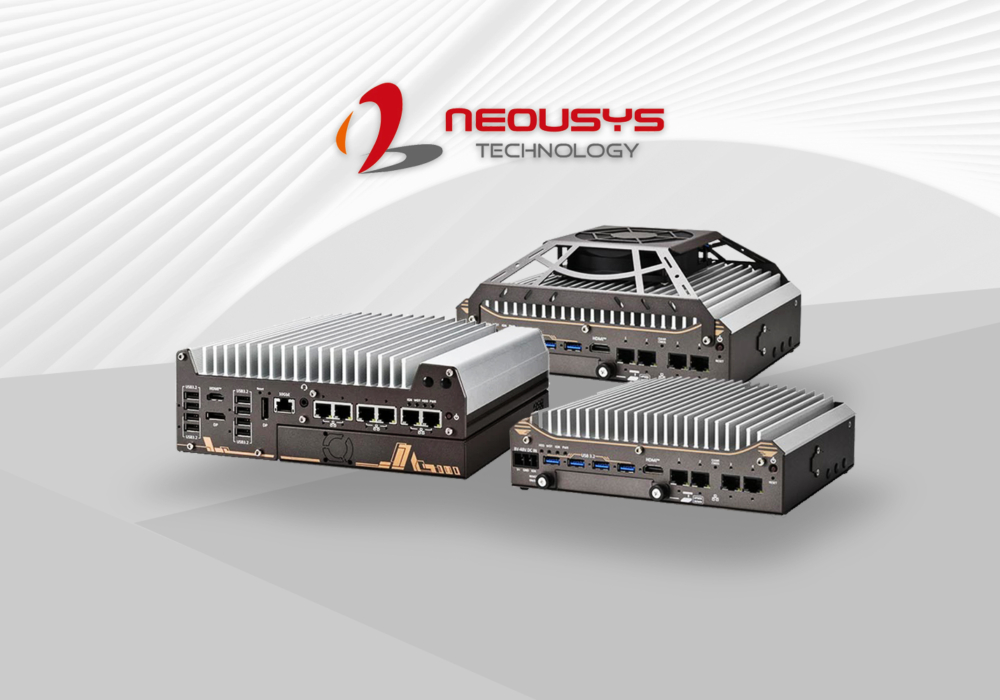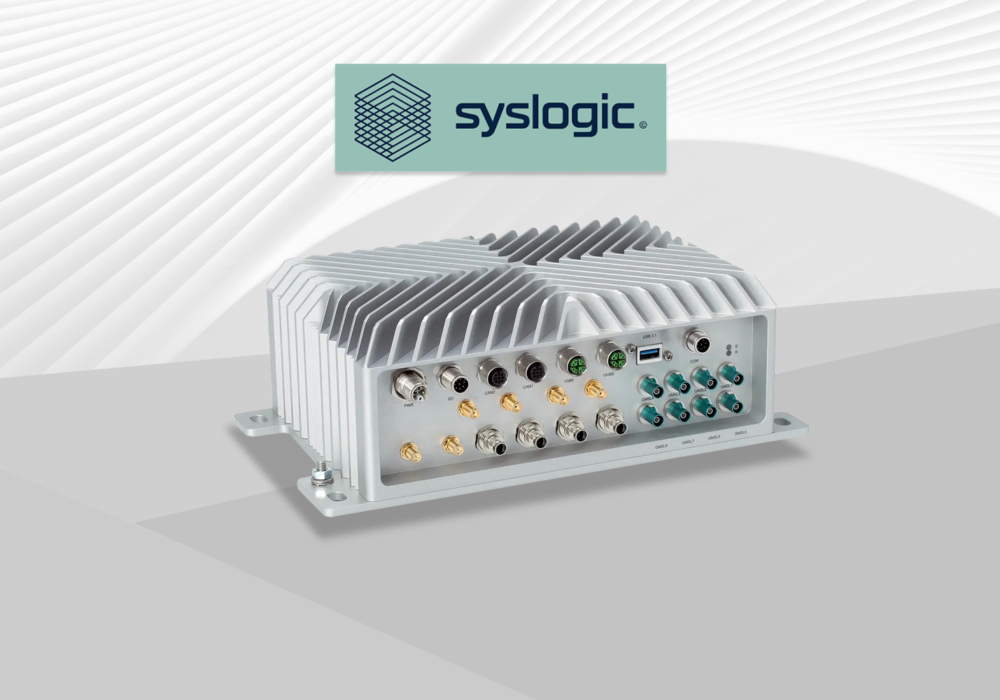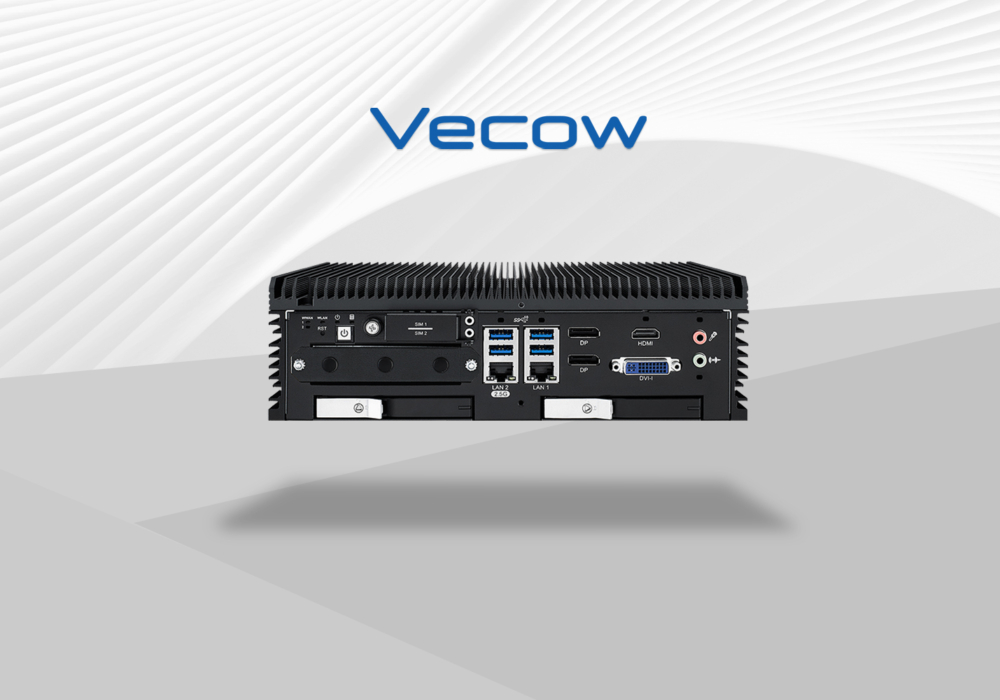In this article:
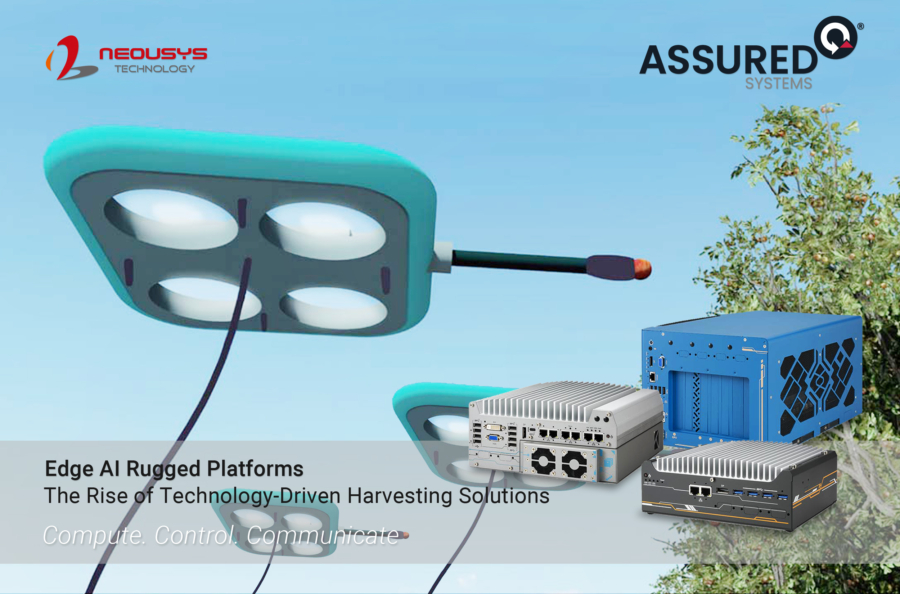
The Client
The agriculture industry is experiencing a technological revolution, transforming traditional farming practices into more efficient, precise, and sustainable operations. One of the standout innovations in this arena is the development of a battery-operated Autonomous Mobile Robot (AMR) equipped with a fleet of drones. This advanced system promises to redefine fruit harvesting, offering significant benefits in terms of efficiency, productivity, and safety.
Introducing the Drone-Enhanced AMR
The client had designed an innovative AMR that replaces the conventional robotic arm with multiple drones, each equipped with suction cups at the end of flexible extensions. These drones function like tentacles, adeptly picking fruits off trees and vines. This unique approach leverages cutting-edge technology to streamline the harvesting process, ensuring that only ripe fruits are picked.
Advanced Vision Systems and AI Algorithms
Central to the AMR’s functionality is its sophisticated vision system. Cameras mounted on the AMR continuously scan the orchard, capturing high-resolution images of the fruit. These images are processed in real-time by an onboard computer running a unique algorithm designed to assess the ripeness of each fruit. The AI algorithm evaluates various parameters to determine the optimal picking time, ensuring that only fruits at their peak ripeness are harvested.
Precision Harvesting with Drones
Once the AI system identifies ripe fruits, it assigns specific drones to pick them. As the AMR moves through the orchard, the designated drones use their suction cups to gently detach the ripe fruits, minimising damage and preserving quality. The harvested fruits are then stored in a cart attached to the AMR, ready to be transported back to the processing station.
Network Integration and Predictive Analytics
For fruits that are not yet ripe, the system registers their location and estimated ripening time. This data is stored in a network, enabling the AMR to return precisely when the fruits are ready to be picked. This predictive capability ensures that farmers maximise their yield without the need for frequent field visits.

Real-Time Monitoring and Customisation
Farmers can monitor the entire harvesting process in real-time via an app on their tablets. This app provides comprehensive insights into the operations of the AMR, including the status of the drones, the quantity of fruits harvested, and the ripeness levels of remaining fruits. Additionally, the system is highly customisable, allowing farmers to adapt the drones’ cradles and suction mechanisms to handle different types of fruits, from delicate berries to robust apples.
Enhancing Efficiency and Productivity
The integration of AI, robotics, and advanced vision systems in fruit harvesting offers several significant advantages:
- Increased Efficiency: The AMR can operate continuously, day and night, without the need for breaks, significantly increasing the volume of fruits harvested within a given timeframe.
- Improved Accuracy: The AI-driven vision system ensures that only ripe fruits are picked, reducing waste and enhancing the quality of the harvest.
- Labor Savings: By automating the picking process, the need for manual labor is drastically reduced, addressing labor shortages and cutting down operational costs.
- Enhanced Safety: Automation minimises the physical strain and risks associated with manual fruit picking, ensuring a safer working environment.

Sustainable Farming Practices
The deployment of smart machines like the AMR with drones contributes to more sustainable farming practices. The precision and efficiency of these machines result in less resource waste, lower carbon emissions from reduced field visits, and minimal damage to the plants and surrounding environment. Furthermore, by optimising the picking process, farmers can achieve higher yields and better quality produce, contributing to overall food security.
Future Prospects and Innovations
The future of agriculture lies in the continuous integration of advanced technologies. Innovations such as edge AI platforms and robotics are set to further transform farming practices, offering new possibilities for automation and precision. As these technologies evolve, we can expect even more sophisticated systems capable of handling a wider variety of crops and adapting to diverse agricultural environments.
The use of technology in agriculture, particularly the development of drone-enhanced AMRs, represents a significant leap forward in the industry. By harnessing the power of AI, robotics, and advanced vision systems, farmers can achieve unprecedented levels of efficiency, accuracy, and sustainability in fruit harvesting. This innovative approach not only addresses current challenges in the agriculture sector but also paves the way for a more productive and sustainable future. As these technologies continue to advance, the possibilities for enhancing agricultural practices are limitless, promising a new era of smart farming that benefits both farmers and consumers alike.
The Demands of The Application
Overcoming Hardware Challenges in Agricultural Robotics: Enhancing Efficiency and Performance
In the rapidly evolving field of agricultural technology, hardware reliability is crucial for the effective deployment of advanced machinery. The clients, who have been pioneering the use of Autonomous Mobile Robots (AMRs) equipped with drones for fruit harvesting, have encountered two major hardware challenges: extreme weather conditions and nighttime operations.
Challenge 1: Extreme Weather Conditions
Agricultural machinery, especially those deployed in open fields, must withstand a variety of weather conditions. While our clients successfully engineered the external robotic components to endure environmental wear and tear, temperature management remained a significant obstacle.
Initial Tests and Thermal Throttling
In their initial tests, our clients used a computing platform from another company. During these trials, they discovered that exposure to direct sunlight caused the internal temperatures of the computing units to exceed 50°C. This extreme heat led to thermal throttling, where the CPU reduced its performance to prevent overheating. Consequently, the overall system performance degraded, failing to meet productivity expectations.
Challenge 2: Night-time Operations
Fruit ripening is an around-the-clock process, and optimal harvest times often occur at night. To maximise efficiency, the AMR must be capable of operating effectively in low-light conditions, planning routes that minimise trips to the charging and processing station.
Requirements for Nighttime Operations
For nighttime harvesting, the AMR system needed:
- Effective Lighting: To illuminate the harvesting area and ensure visibility.
- Low-Light Camera Functionality: Cameras that can operate accurately regardless of lighting conditions, capturing clear images for the AI algorithm to analyise fruit ripeness.
The Solution
Advanced Thermal Management
To overcome this issue, our clients incorporated advanced thermal management solutions into their AMRs. They opted for a computing platform with a superior cooling system, capable of maintaining optimal temperatures even under harsh sunlight. This new platform included:
- Enhanced Heat Dissipation: Utilising heat sinks and thermal pads to effectively disperse heat away from critical components.
- Active Cooling Systems: Integrating fans and other active cooling mechanisms to maintain stable operating temperatures.
- Robust Enclosures: Designing enclosures that shield sensitive electronics from direct sunlight while allowing adequate airflow.
These improvements ensured that the AMRs operated at peak performance, regardless of external temperatures, thereby increasing reliability and productivity.
Integrated Lighting and Advanced Imaging
To address these requirements, our clients implemented the following solutions:
- High-Intensity LED Lights: Installing energy-efficient LED lights on the AMRs to provide sufficient illumination during nighttime operations. These lights are strategically placed to cover the AMR’s entire operating area without causing glare or shadows that could interfere with the cameras.
- Low-Light Cameras: Utilizing cameras equipped with low-light and infrared capabilities, ensuring that the AI system can accurately identify and assess the ripeness of fruits even in the dark. These cameras are designed to adjust to varying light conditions automatically, maintaining image clarity and precision.
Optimising Route Planning and Efficiency
To further enhance nighttime efficiency, the AMRs are equipped with advanced route planning algorithms. These algorithms analyise real-time data to determine the most efficient paths, reducing the frequency of returns to the charging and processing station. Key features include:
- Dynamic Path Optimization: Continuously updating routes based on the latest ripeness data and environmental conditions, ensuring the AMR collects the maximum number of ripe fruits in a single trip.
- Predictive Maintenance: Monitoring the AMR’s condition to anticipate maintenance needs, preventing unexpected downtime and ensuring consistent performance.
Real-World Impact and Benefits
By addressing these hardware challenges, our clients have significantly improved the performance and reliability of their AMRs. The key benefits include:
- Enhanced Productivity: With advanced thermal management, the AMRs operate at full capacity even in extreme temperatures, ensuring consistent fruit collection.
- Increased Efficiency: Nighttime operations are now possible, allowing for 24/7 harvesting and better utilization of resources.
- Higher Quality Harvests: Accurate ripeness detection and gentle handling by drones ensure that only the best fruits are picked, reducing waste and improving overall yield quality.
- Cost Savings: Reduced need for manual labor and optimized energy consumption lower operational costs, increasing profitability for farmers.
Future Prospects
As technology continues to advance, further improvements in agricultural robotics are on the horizon. Potential developments include:
- Enhanced AI Algorithms: For even more precise ripeness detection and route planning.
- Improved Energy Efficiency: Incorporating solar panels and more efficient batteries to extend AMR operating times.
- Greater Durability: Using advanced materials to further increase resistance to harsh environmental conditions.
Neousys Edge AI Platform Revolutionises Drone Connectivity and Performance
In the fast-evolving world of drone technology, the need for robust, reliable, and efficient edge AI processing is paramount. The solution to meet these demanding requirements was found in the Neousys edge AI platform raneg of systems. Designed to handle edge AI processing, facilitate connectivity for multiple drones, and enable seamless wireless communication for real-time status updates, the Neousys platform stands out as a superior choice.
Optimal Performance Under Extreme Conditions
One of the standout features of the Neousys edge AI systems is the ability to operate in true wide-temperature environments, withstanding temperatures up to 60°C. This capability ensures that even under intense sunlight and high temperatures, the system maintains optimal performance. This is largely due to Neousys’ innovative thermal dissipation design, which prevents the CPU from throttling, ensuring consistent and reliable operation.
Enhanced Productivity in the Field
Once the chosen Neousys edge AI platform was deployed, there was a noticeable increase in productivity. The system performed exceptionally well, exceeding expectations and delivering superior results. This enhanced performance is a testament to the platform’s advanced engineering and design, making it an invaluable asset in the field.
Comprehensive Connectivity and Expansion Options
Neousys Nuvo rugged edge AI range are equipped with a plethora of connectivity options, including PoE+ (Power over Ethernet Plus), GigE (Gigabit Ethernet), and USB 3.2 Gen1 ports. These ports allow for the seamless connection of various sensors, cameras, LiDARs, and other critical devices. Additionally, the platform features internal expansion slots that can accommodate WiFi 6, WiFi 5, or 4G/5G wireless communication modules. This versatility makes the Neousys Nuvo an ideal onboard computer system for Autonomous Mobile Robot (AMR) applications.
Built for Harsh Environments
The Neousys Nuvo embedded systems are engineered to withstand harsh conditions, adhering to the MIL-STD-810G standard for shock and vibration. This rugged design ensures that the platform can handle the rigours of various operational environments, providing reliable performance regardless of the conditions. Moreover, the system includes ignition power control, adding another layer of functionality and safety.
Key Features of Neousys Edge AI Platform
- Wide Temperature Operation: Capable of functioning in temperatures up to 60°C, ensuring reliability in extreme conditions.
- Thermal Dissipation Design: Prevents CPU throttling, maintaining consistent performance.
- Processing Power:
- Supports Intel® Xeon or Core i7/i5 CPU
- Supports NVIDIA® Tesla/Quadro inference accelerators
- Supports NVIDIA® RTX 30/20 series graphics cards
- Multiple Connectivity Options: Includes PoE+, GigE, and USB 3.2 Gen1 ports for connecting a range of devices.
- Internal Expansion Slots: Supports WiFi 6/5 or 4G/5G modules, enhancing communication capabilities.
- Rugged Design: Complies with MIL-STD-810G for shock and vibration, suitable for demanding environments.
- Ignition Power Control: Adds safety and functionality for various applications.
- Electrical:
- Patented SuperCAP UPS to counteract unforeseen power interruptions
- Wide-range DC input
- Expansion:
- PCIe expansion
- PCI expansion
- mini-PCIe expansion
- M.2 B/E key expansion for Google TPU or Movidius VPU module
- M.2 M key expansion for NVMe/SATA signal SSD
- MezIO digital input/output for extra COM, Ethernet, USB ports
Ideal for Diverse Applications
The versatility of these Neousys edge AI systems makes them suitable for a wide range of applications. Whether it’s for drone operations, AMR systems, or other demanding environments, this range of systems provides the necessary tools and capabilities to excel. Their robust design and comprehensive feature set ensure that they can meet the needs of any operation requiring edge AI processing and reliable connectivity.
Relevant Products
Neousys’ range of edge AI systems powered by 13th/12th generation Intel processors, that were suited for this application include the Nuvo-9166GC, Nuvo-10208GC, Nuvo-10108GC, Nuvo-9505D, Nuvo-9501, Nuvo-9160GC, and Nuvo-9000 Series.
Their ability to operate under extreme temperatures, coupled with its advanced thermal management and extensive connectivity options, make all systems an indispensable tool for enhancing productivity and performance. Whether used in the field for drone operations or as part of an AMR system, they deliver exceptional results, proving to be reliable and high-performing solutions.
By integrating these systems, operations can achieve new heights of efficiency and reliability, ensuring that they remain at the forefront of technological advancements. The rugged design and wide range of features make any of these a suitable choice for any application requiring robust and reliable edge AI processing capabilities.
